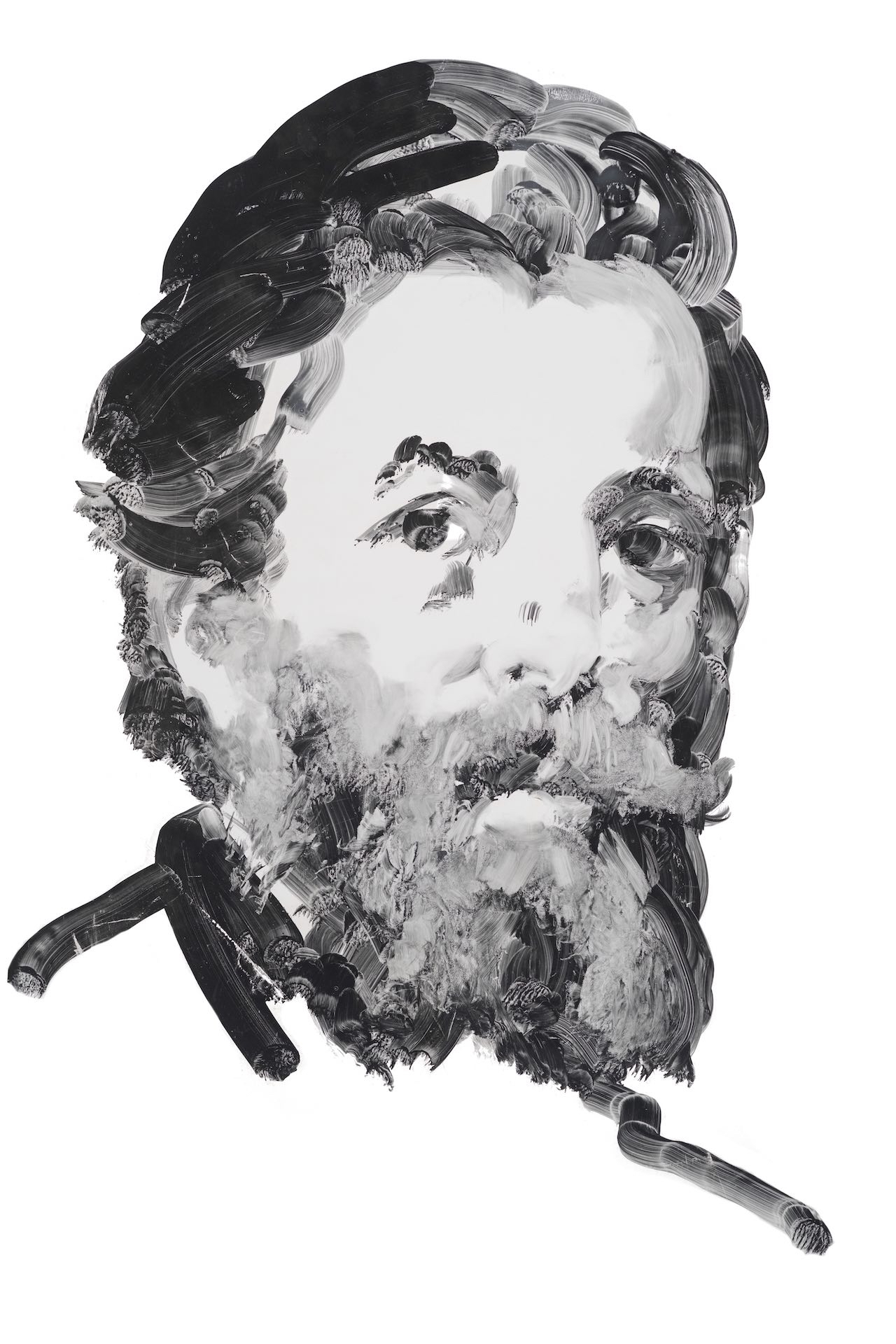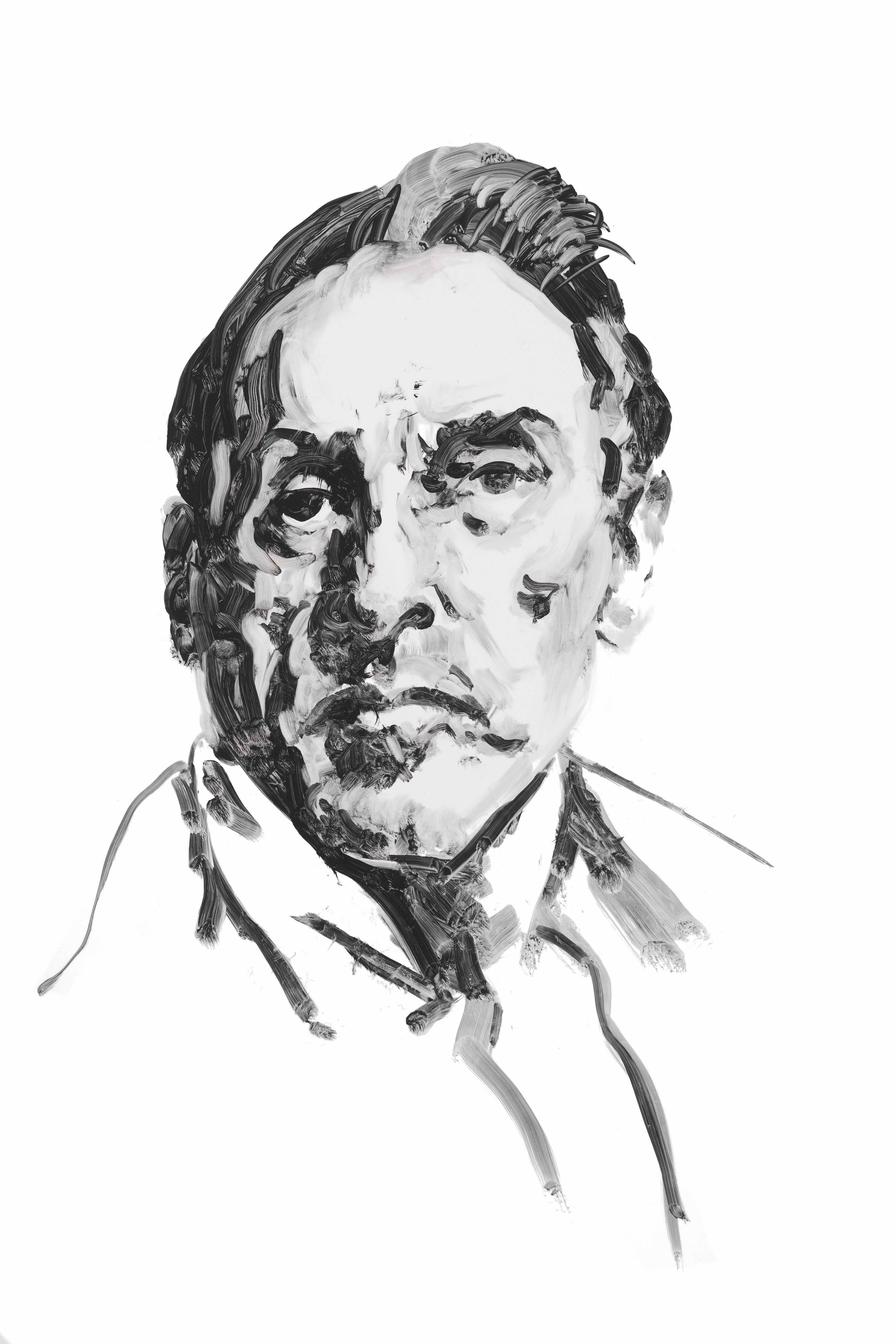Eric Fischl's Saints of Sag Harbor: Part III

The religious past and the art-as-religion future have intersected within the walls of the Sag Harbor Church, a former house of worship turned cultural hub, with famed artists/activists April Gornik and Eric Fischl as the founders of the movement to create and open the space, and Sara Cochran as executive director. The soaring Sag Harbor Church is home to 20 windows; the center of each a large square of glass; it is there, explains Fischl, where the “arts saints of Sag Harbor, the dead saints, will be canonized.”
The Sag Harbor Church is now open, and Fischl’s artistic contribution to the historical narrative of those of who were drawn to the East End by the light and natural beauty as a vortex of creativity shine down from the portals surrounding the space.For more information about programs, visit sagharborchurch.org
Dan’s Papers is spotlighting two windows a week, with Fischl’s light-hearted responses when asked the irreverent question, “What would this luminary be the patron saint of, besides Sag Harbor?”

George Balanchine
(born Giorgi Melitonovitch Balanchivadze) (1904 – 1983)
According to Fischl, “George Balanchine is the saint of the musicality of precision and beauty of bodies in motion. He is also the saint of refugees, geniuses and those light on their feet.”
George Balanchine was one of the 20th century’s most important choreographers. Called the father of American ballet, he co-founded the New York City Ballet and remained its Artistic Director for more than 35 years.
Balanchine took the standards and technique from his time at the Imperial Ballet School of St. Petersburg and fused it with other schools of movement that he had adopted during his tenure on Broadway and in Hollywood, creating his signature “neoclassical style.”
“Mr. B,” as he was affectionately known, worked extensively with leading composers of his time like Igor Stravinsky and Paul Hindemith. After forming his own company Les Ballets, collaborating with Bertolt Brecht and Kurt Weill, he was invited to America in 1933 by the young arts patron Lincoln Kirstein. Together they founded the School of American Ballet, and it was also with Kirstein that Balanchine co-founded the New York City Ballet. Balanchine also spent extensive time on the West Coast, creating dances for movies, and briefly served as choreographer for the Ballet Russe de Monte Carlo.
George Balanchine is interred at the Oakwood Cemetery in Sag Harbor, his grave a private mecca for dancers and other entertainers.
Herman Melville
(1819 –1891)
“Herman Melville is the saint of writers with literary ambition of biblical proportion and moral perspective, harsh lessons, savage truths and ferocious seas,” offers Fischl.
Herman Melville was an American novelist, short story writer, and poet. Among his best-known works are Moby-Dick; or, The Whale (1851), Typee (1846), a romanticized account of his experiences in Polynesia, and Billy Budd, Sailor, a posthumously published novella. Moby-Dick; or, The Whale is considered one of the greatest American novels.
Sag Harbor is mentioned several times in Herman Melville’s Moby-Dick—in one instance as a model of depravity, as the “savage” harpooner Queequeg recounts: “But, alas! the practices of whalemen soon convinced him that even Christians could be both miserable and wicked; infinitely more so, than all his father’s heathens. Arrived at last in old Sag Harbor; and seeing what the sailors did there; and then going on to Nantucket, and seeing how they spent their wages in that place also, poor Queequeg gave it up for lost. Thought he, it’s a wicked world in all meridians; I’ll die a pagan.”



